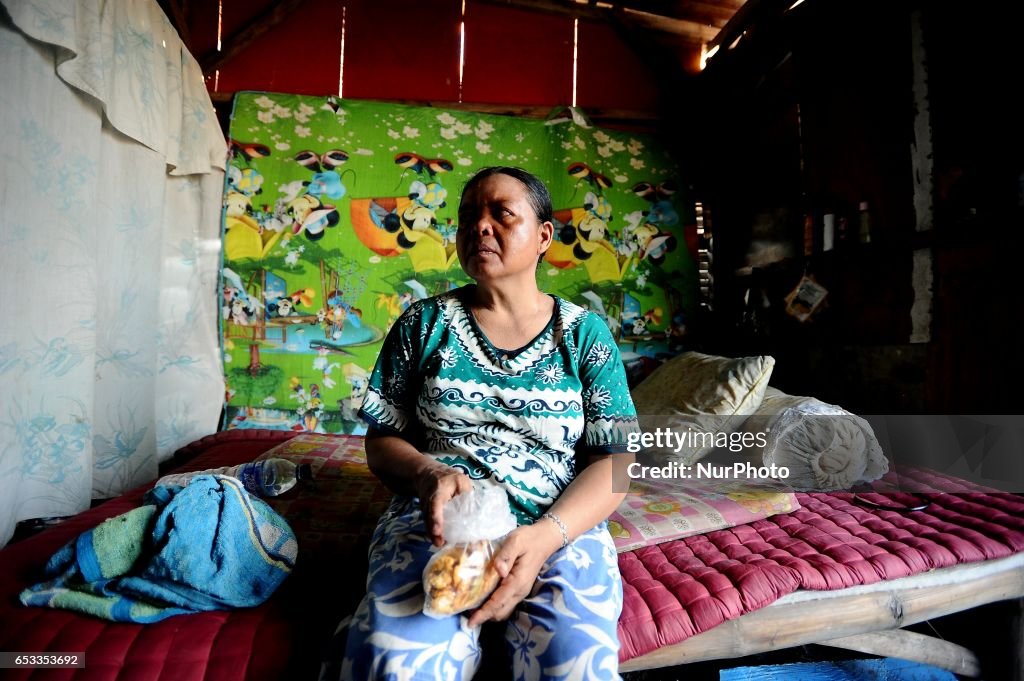Government Programs of Waste Management in Indonesia
Nurtinah takes a break after working as a scavenger in her small hut.
Nurtinah, 47, a farm worker from Pucang Anom village, Cerme sub-district, Bondowoso district, East Java Province, Indonesia was dreaming to earn more in the city. She left her husband for working as a scavenger in Surabaya in 2012. Her friend Nurul asked her to work as a scavenger in Keputih landfill with income about Rp 2.5 million per month. She lives in a small hut, 2x3 meters, made from used cardboard, plywood, zinc, and plastics near the landfill.
She works from 5 am to 5 pm everyday, sorting the garbage that can be recycled between plastic, paper, cans and clothes. She can sell the plastic bottles Rp 3000 per Kg, Rp 1500 for paper and Rp 400 for cans. She sell clothes separately or used them for herself. She burns styrofoam and others materials that cannot be recycled. She was never seriously ill for 4 years, only had itchy or common cough.
She sells the recycled waste to a buyer from Madura. This year she can only earns about Rp. 1 million per month. She has no choice. She do not have any other skills and never had formal education before. She could send Rp. 200 thousands to her family in the village every month and the rest to fulfill the daily needs.
This is because the government has developed an effective community education program about waste management start from household to sort between organic and non-organic waste. The programs included Surabaya Green and Clean, Bank Sampah, Compost House, Dry Waste Gasification Power Plant. (Photo by Robertus Pudyanto/NurPhoto via Getty Images)

LICENTIE KOPEN
Hoe mag ik dit beeld gebruiken?
€ 475,00
EUR
GEGEVENS
Beperkingen:
Neem voor gebruik voor alle commerciële of promotiedoeleinden contact op met uw lokale kantoor.
Credits:
Redactioneel nr.:
653353692
Collectie:
NurPhoto
Gemaakt op:
11 april 2016
Datum van uploaden:
Soort licentie:
Release-informatie:
Geen release. Meer informatie
Bron:
NurPhoto
Naam materiaal:
pudyanto-scavenge160411_npvQv
Max. bestandsgrootte:
4256 x 2832 px (36,03 x 23,98 cm) - 300 dpi - 4 MB